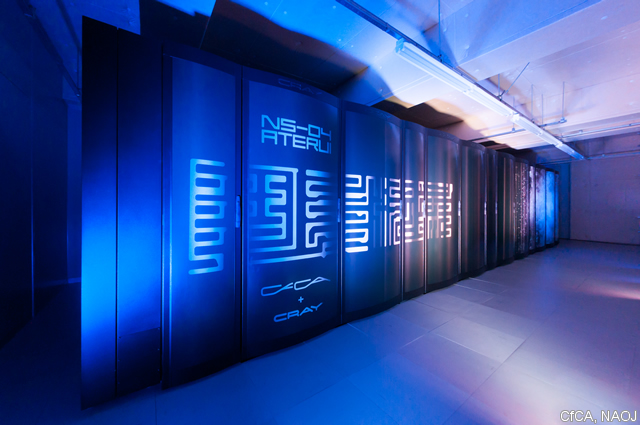Message from the R&D Head
Message from the R&D Head
The Ministry of Education, Culture, Sports, Science and Technology’s “Program for Promoting Researches on the Supercomputer Fugaku” aims to produce results using Fugaku as early as possible, with the aim of starting shared use in FY2021. 19 proposals were selected, and this proposal, “Toward a unified view of the universe: from large scale structures to planets”, was selected in the area 1) Challenges to Universal Issues for Humanity and Future Development.
In astronomy and planetary science, computer simulations have been playing an important role since the 1960s due to the difficulty of conducting actual experiments. Until recently, various approximations and simplifications have been made in order to obtain results with a realistic amount of computation, even for simulations of a single hierarchy, such as galaxy formation, star cluster formation and evolution, star formation, planet formation, and planetary climate. In the case of galaxy formation, for example, the “star” particles are super-particles hundreds of times more massive than the actual stars in the latest simulations. Of course, such a model can provide useful insights, but as the Gaia satellite reveals the positions and motions of a large number of stars in the Galaxy, it is important to model the stellar distribution including their mass spectrum in order to understand the observational data. In addition, supernova explosions and radiation from massive stars, which have the effect of suppressing star formation, can only be properly modeled by resolving individual stars.
Simulations with sufficient resolution at each level of the hierarchy can only be achieved by combining a large-scale, high-speed supercomputer with simulation software that incorporates the necessary physical processes and achieves high parallelism and high efficiency. The computational power will be provided by “Fugaku”, and the software will be developed in “Priority Issue 9 and Exploratory Challenge 3 on post-K computer”.
In this project, we will construct a model with sufficient resolution and appropriate physical processes that can be directly compared with observations at each level, leading to a better understanding of the linkage between levels while comparing with observations. Specifically, we have set up the following four sub-projects.
- Sub-project A: Revealing the Formation History of the Universe with Large-scale Simulations and Astronomical Big Data
- Sub-project B: From Clouds to Stars and Planets: Toward a Unified Formation Scenario
- Sub-project C: High-energy Astrophysical Phenomena in Black Holes and Supernovae
- Sub-project D: Elucidation of Solar and Planetary Dynamics and Evolution
